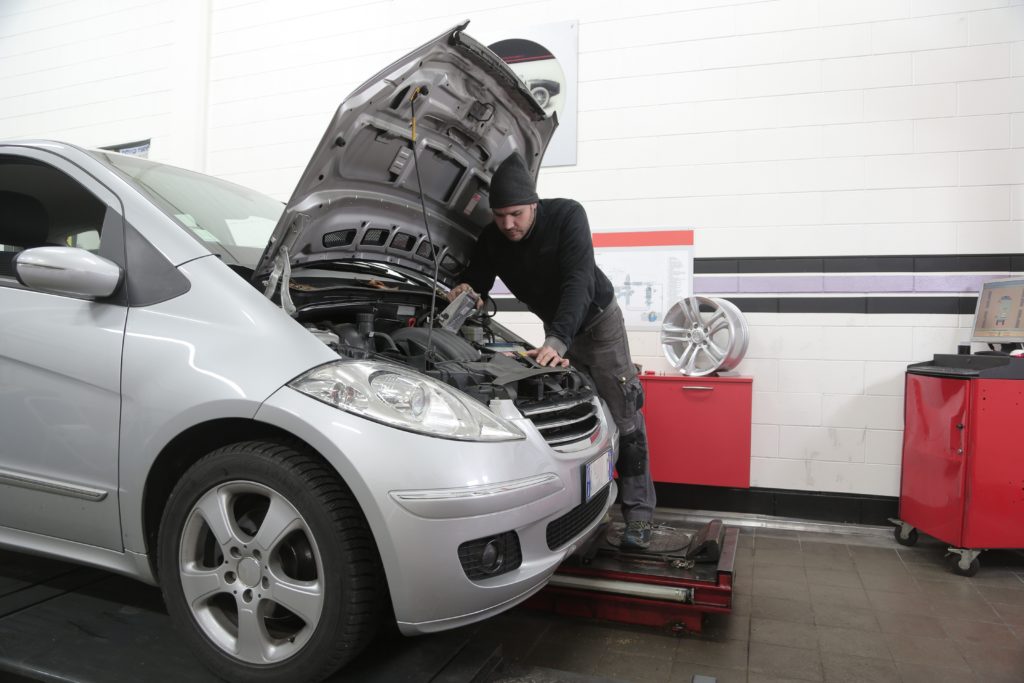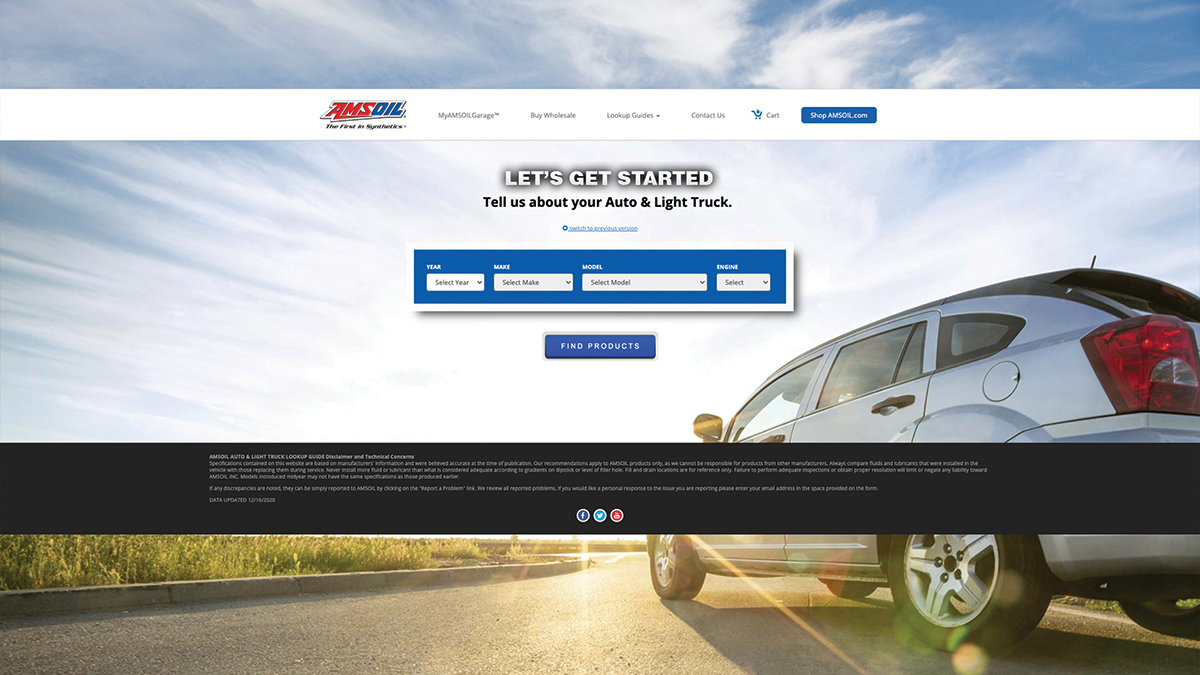Car manufacturers typically recommend a tune up schedule for their vehicles, especially for their older models. Most cars need a tune up after 10,000 to 20,000 miles, though newer models can go up to 100,000 miles before needing one....
Car manufacturers typically recommend a tune up schedule for their vehicles, especially for their older models.
Most cars need a tune up after 10,000 to 20,000 miles, though newer models can go up to 100,000 miles before needing one.

The point here is that at some point, you will have to bring your car in for a tune up if you drive it far enough.
Many car owners, however, either forget or neglect to get their vehicle tuned up as scheduled. As long as every aspect of their car, from the braking system to their most recent car audio installation, appears to be working well, a tune up will likely be the farthest thing from their minds.
The thing is, cars have their ways of reminding their owners that they’re due for a tune up, and they all tend to be on the inconvenient side of things.
At some point, starting your vehicle will take longer than usual.
Cars that haven’t had a tune up after they hit the recommended mileage also tend to stall, which is never fun, especially if you’re driving in the middle of nowhere.
Your gas mileage also takes a hit if you don’t bring your car in for a tune up as scheduled. With dirty air filters and faulty oxygen sensors that a tune up would have otherwise addressed, your vehicle won’t be as fuel-efficient as you would like.
Tune ups keep your brakes performing well and for a much longer time. Miss it, and it will eventually impact the braking capacity of your car and put you, your passengers, and everyone else on the road at risk.
Cars are machines, and tune ups are what keeps them performing their best. As much as possible, follow your car manufacturer’s tune up schedule recommendations to be on the safe side.
Check out the infographic below for more information about car tune ups.














